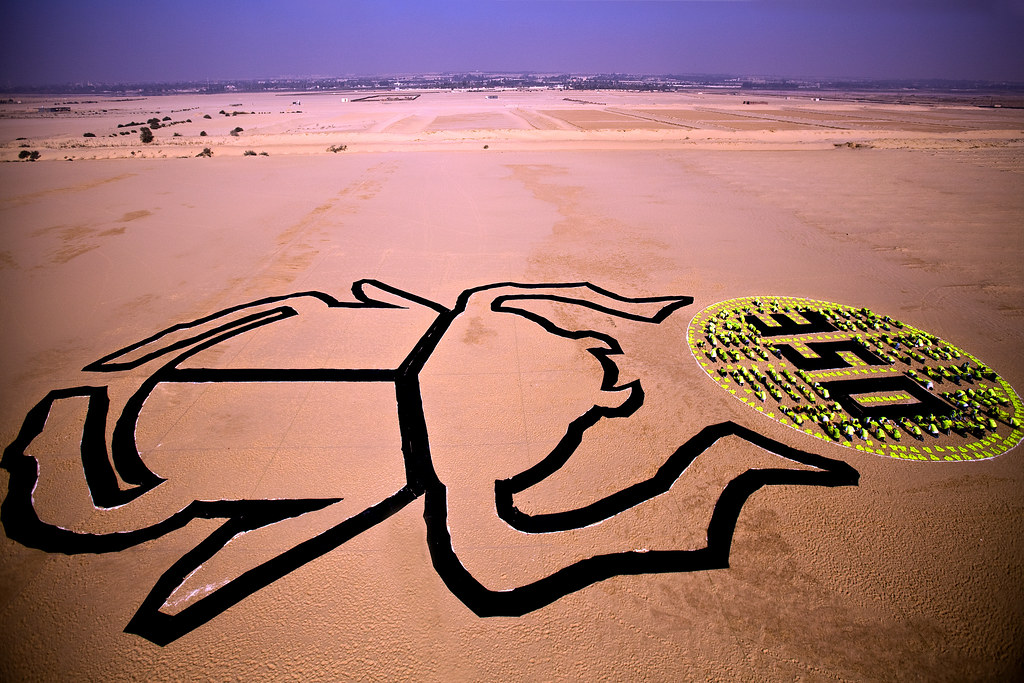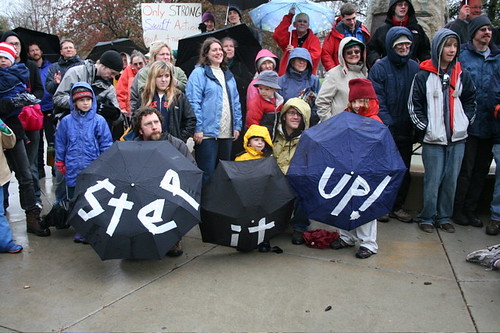Nathan Matias and I recently spoke to a few staffers from 350, a global climate movement organization. Especially worthy of your attention are the concept of “distributed solidarity,” making that solidarity visible to participants and—to Civic—a sort of tightrope between professional and citizen footage. This post is for background; jump over to Nathan’s post for some technically based civic ideas.Note: In this post, you can react to any part of the post by highlighting the text and clicking “React To This.”
In 2007, a college professor and several of his students discussed NASA scientist James Hansen’s recommendation to lower carbon emissions to 350 parts per million—the upper limit of carbon dioxide before the world would be frequented by natural disasters. We were already at 385 ppm.
Just a year earlier, Al Gore had released An Inconvenient Truth, his film and call to action around climate change. In the first decade of the 21st century, Southeast Asia had already been paralyzed a few times by devastating tsunamis, and the U.S. was unprepared for Hurricane Katrina in 2005. At Middlebury College, students worked with Professor Bill McKibben to organize a national day of protest telling the U.S. legislature to “Step It Up, Congress: Cut Carbon 80% by 2050.”
Fresh off the heels of a second bigger demonstration, the students and recent grads took Hansen’s number to heart and became 350.org. As their first initiative, 350 worked with environmental allies to organize an international day of climate action. They organized a second one leading up to the international climate summit in Copenhagen. Soon, they were initiating action instead of only reacting to events, taking on fracking, fossil fuel subsidies, the U.S. Chamber of Commerce and touring 21 cities to promote divestment from fossil fuel companies. In those years, the team grew from 10 young people and a professor working from wherever they could to three offices in the U.S. with satellites around the world.
“We’re like party planners where we’re providing a sort of space and invitation to join us in a global party,” said Jon Warnow, 350’s web director, who described the movement as “distributed solidarity.” One hundred on-the-ground protesters in New York City, for example, would be small. But to have 100 protesters in each pocket of the world demonstrating simultaneously makes those actions “persuasively impactful.”


In 2011, 350 launched eARTh. Artists and participants pushed the “350” number through large-scale art in 16 places. Above are images from Iceland and Egypt.
Duncan Meisel manages 350’s powerful social media presence, which regularly logs thousands of “likes” and hundreds of shares on Facebook. He described social media as a place to make global climate action more relatable on a human scale so people are not just excited to do things but interested in putting their lives and time into the movement.
“The thing that we’re missing is a movement that feels like it has the scale to confront a problem of this magnitude, of this difficulty,” Meisel said. In every campaign, 350 emphasizes photos of climate action and has set up an email for direct submission to its Flickr account. It is usually from these images that 350 assembles its media kit as campaigns unfold. In the early days of 350, two sisters in Ethiopia turned out 10,000 students for a street rally. 350 was a new organization and couldn’t convince news outlets to cover the story, especially in an area where it was difficult to get cameras on the ground.
They found a volunteer videographer through their network who took an overnight bus to Addis Ababa and shot B-roll footage. He had to order a drink at the bar to transfer the video over the hotel’s wifi, and the footage ended up all over the media and as a top story on the Internet.



People inspired by climate action often send in footage and remixes of 350 media. 350 also shares the work of hundreds of allies and ad-hoc organizations around the world.
“A lot of the work we do is just hold a mirror to the movement to say, ‘hey, this is how big and amazing you are,’” Meisel said.
To weave together images and video coming in from the field, 350 works with professional editors and videographers for their pre- and post-action videos.
“A lot of the time, it is absolutely key to see the scale of things,” said lead designer Matthew Anderson. Video shot from within a protest crowd doesn’t convey just how many people are participating. “You need to back up and get a wide shot.” But a cohesive video doesn’t exist in a vacuum; it’s supported by the hundreds of contributions from participants on the ground.
Warnow, who was one of the original Middlebury students, admitted that 350’s mission is almost inconceivably large. 350 hopes to get the message in front of policymakers. 350 hopes that climate action content from participants will go viral. 350 hopes that content will spark conversation online and offline. 350 hopes to turn passive participants into active participants.
“Ultimately our hope is to build an effective global movement that can pull us back from the brink of climate disaster,” Warnow said. “This movement needs to be massive and it needs to be powerful—powerful enough to neutralize the enormous influence of the fossil fuel industry.”
The Internet has made global citizens of us all. Almost any cause is accessible, but how can movements feel intimate when, on a local level, efforts are fragmented? Meisel described 350’s social media presence as an engine for both inspiration and conviction. 350 has used technology to make the global climate movement visible to itself. Only when people already feel connected to one another and want to increase that intimacy is there room to experiment with technically elegant designs.


